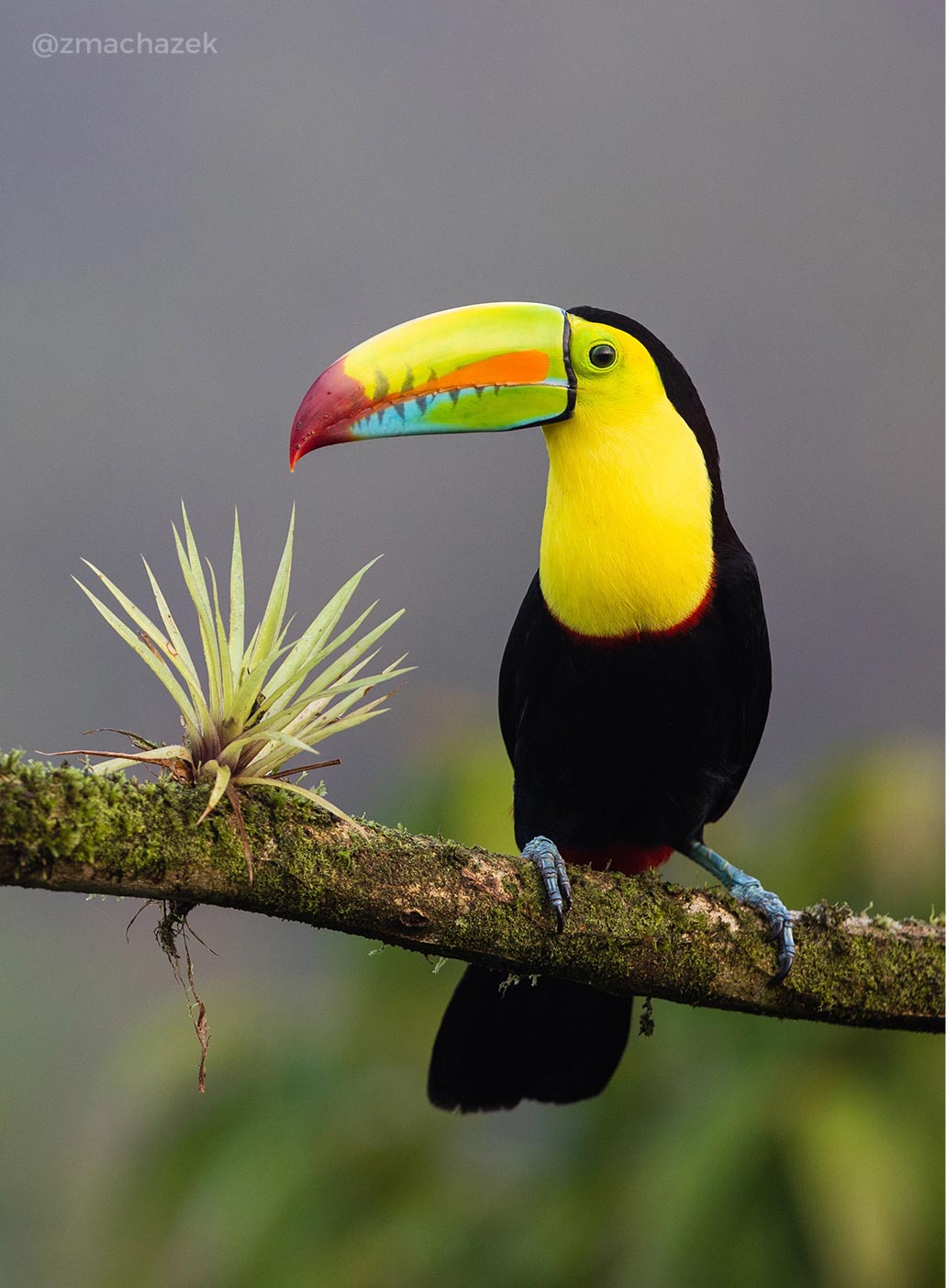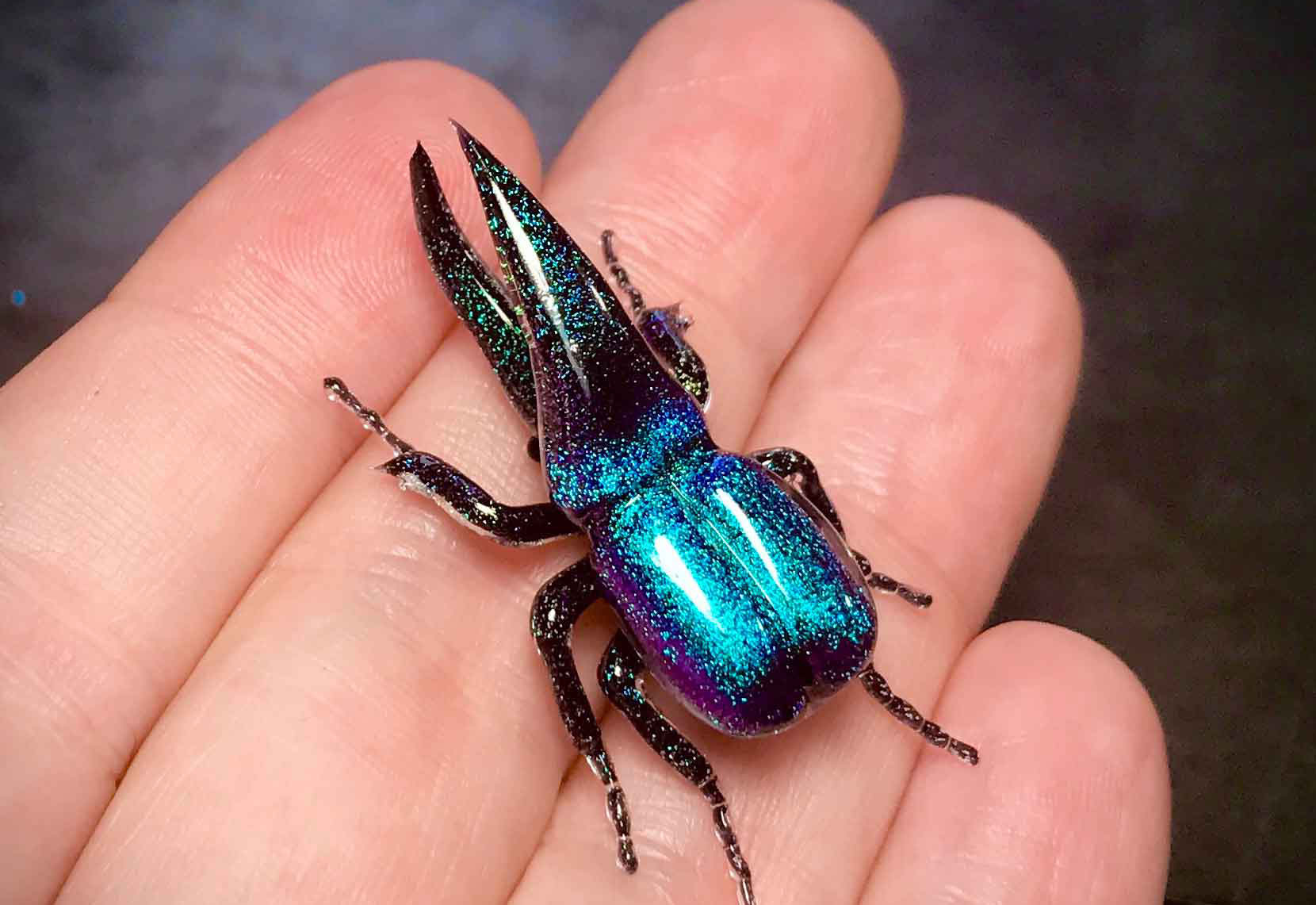
The biodiverse crystal art by Rafael Glass
Pura Inspiration chatted with Costa Rican glass artist Rafael Glass. From the United States, where he resides, he told us more about his double fascination; glass crafts and nature.
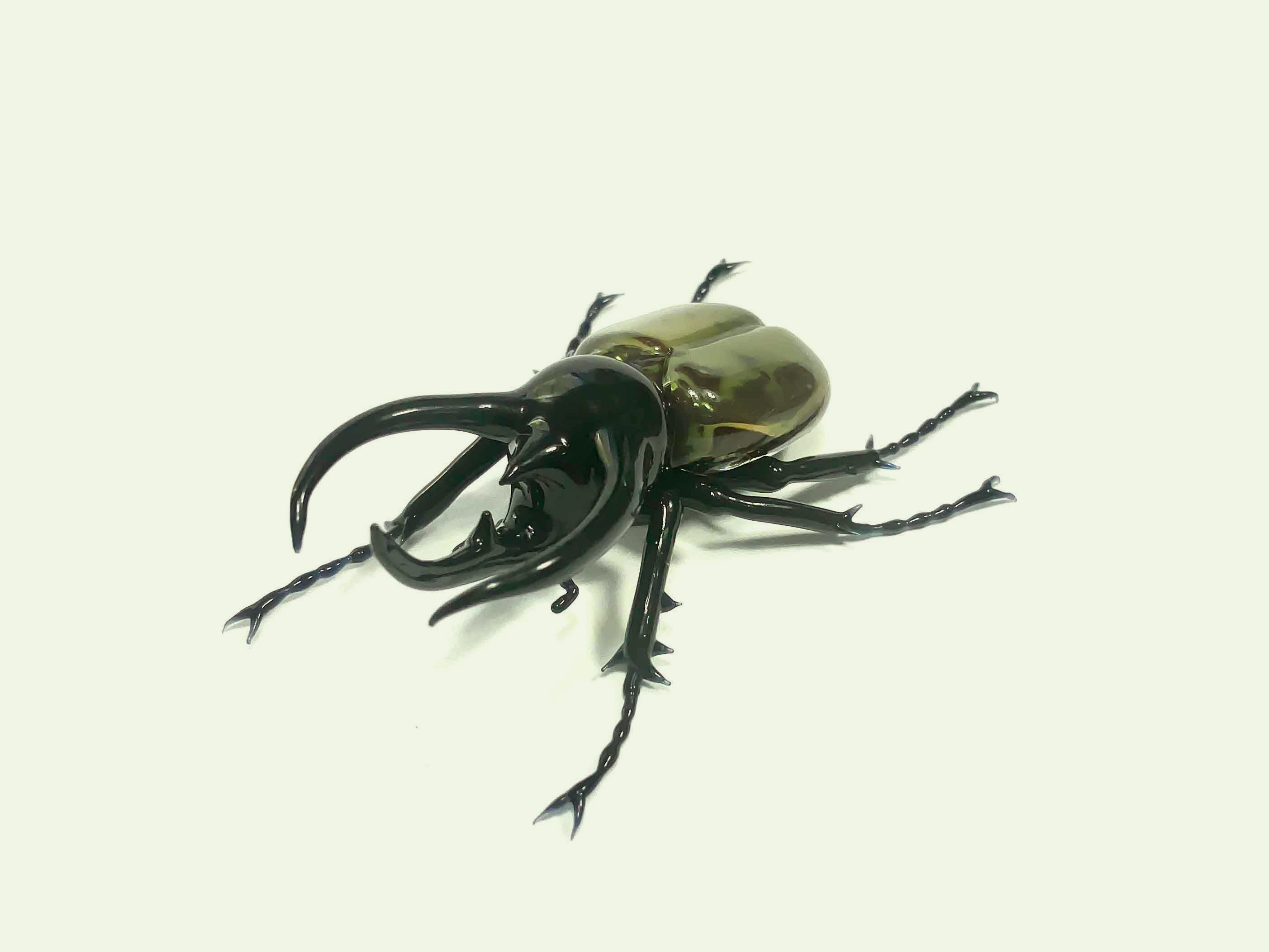
Rafael, how did your passion and your relationship with Costa Rica come about?
My passion is nature; I am a lover of it. Perhaps when I was younger, if I had had the opportunity to choose another profession, I might have selected biology. But sometimes I think not, because possibly I would have turned it into a job and not enjoyed it so much.
Since I was little, I have been a lover of nature in all its forms, from plants, also animals, and even stones. I lived in San José for a large amount of my life. On the weekends, we would usually go for a drive somewhere in our Toyota 4 Runner. Walks of which I treasure many stories. I never enjoyed walking in a mall, but I always go to the rainforest, to the beach, or the mountains. Here in Michigan, I keep doing it; if I have to go to a city, I go once, and that’s it. Most of the time, I am in nature.
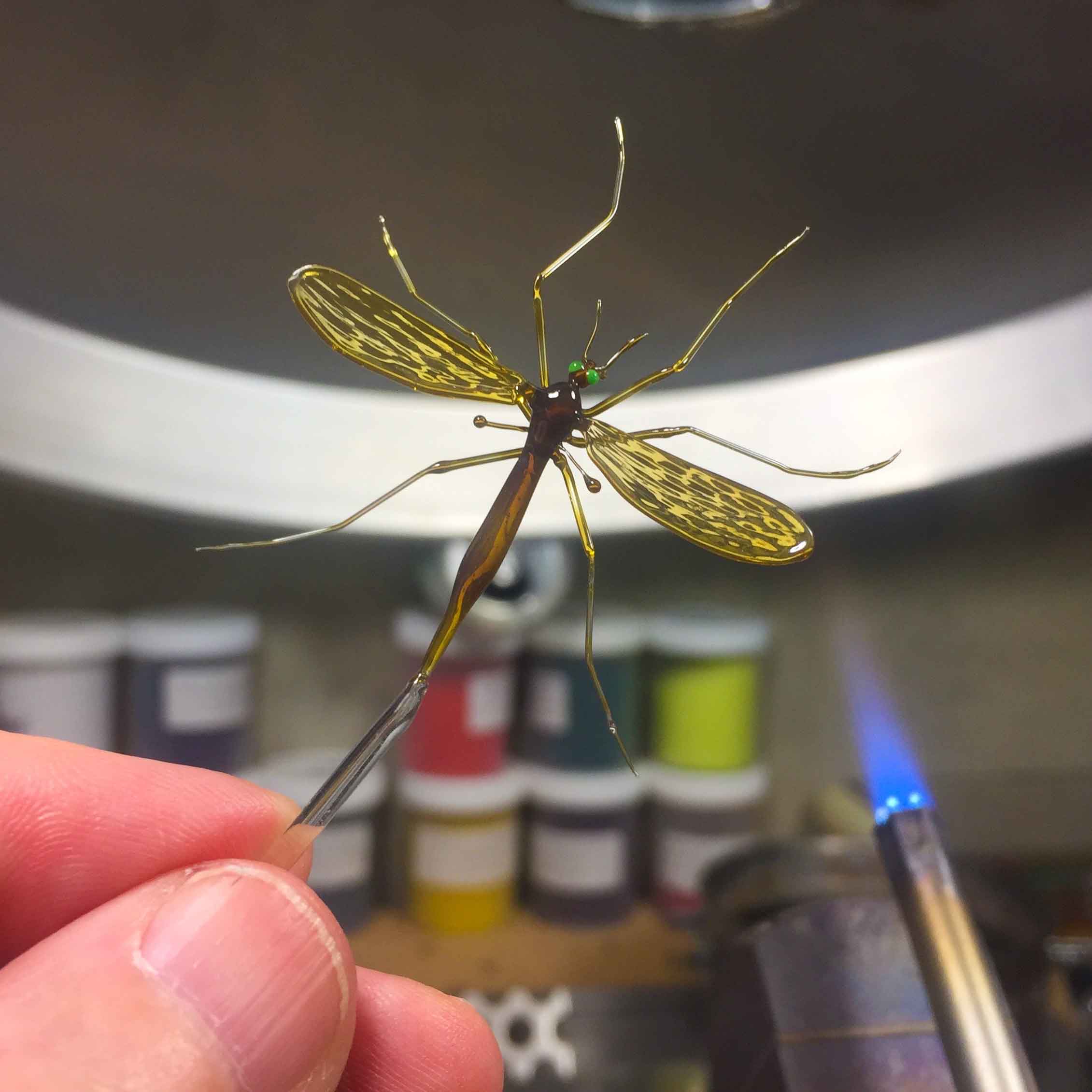
My other great passion is glass. Sometime, somewhere, while living in Costa Rica, I saw someone working with glass. The second was already as an adult with my family, more than ten years ago. I was passing through Italy, in Murano, Venice. At that time, I was already passionate about glass but not yet working on it. I went straight to meet a teacher.I realized that I had found something incredible that caught my eye and could unite with my other great passion. The name of this master is Vittorio Constantini. He is still alive. I would say that Vittorio is the best in the world, making figures. I managed to talk to him for a long time, and he shared some tips with me. Then, arriving in Massachusetts, where I lived at that time, I took concise classes, where they taught us only to light the torch (laughs). That was the only course I received, and from there, as Constantini had recommended, I just dedicated myself to experimenting.
“The name of this master is Vittorio Constantini. He is still alive. I would say that Vittorio is the best in the world making figures.”
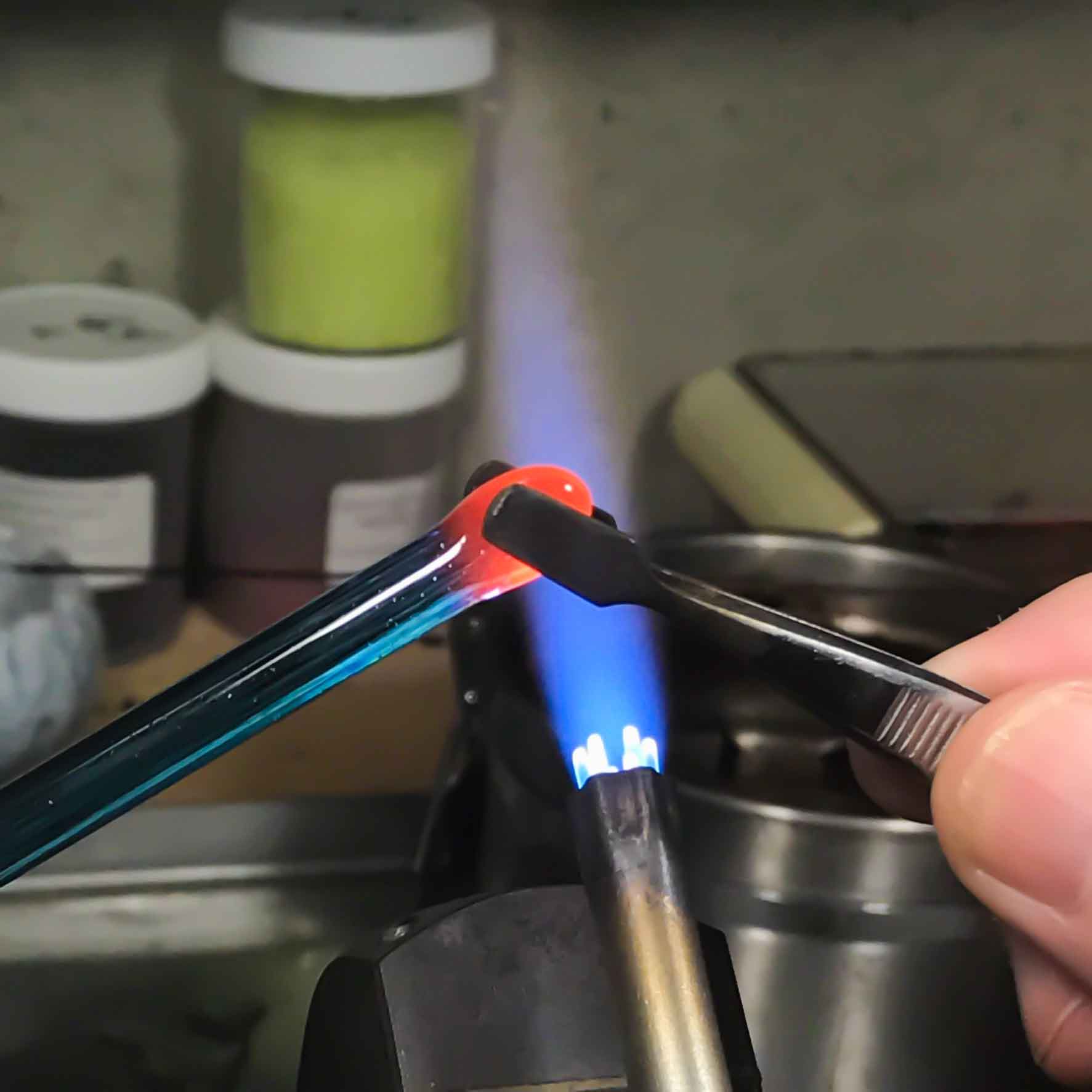
Were insects the main topic from the beginning?
From the beginning! Insects and spiders. Because the glass has appropriate material conditions to approach the real appearance of these species. My focus has always been on arachnids, insects, and also some marine animals. Sometimes people ask me if I can do other animals, like mammals or birds, but usually, I don’t. In general, I prefer to choose a less understood beauty. The arachnids always fascinated me; it was the first thing I saw made in glass and the first thing I bought when I went to Murano. That was the direction my art took.
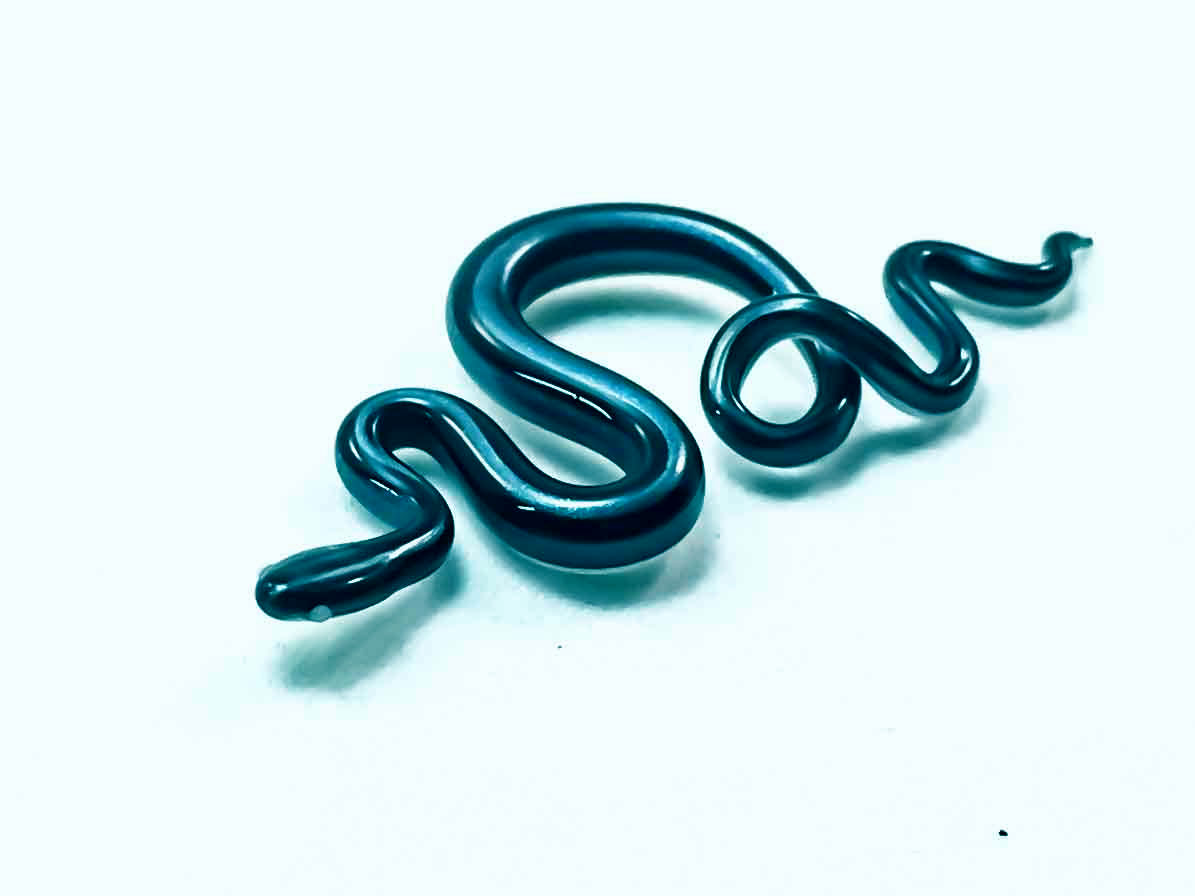
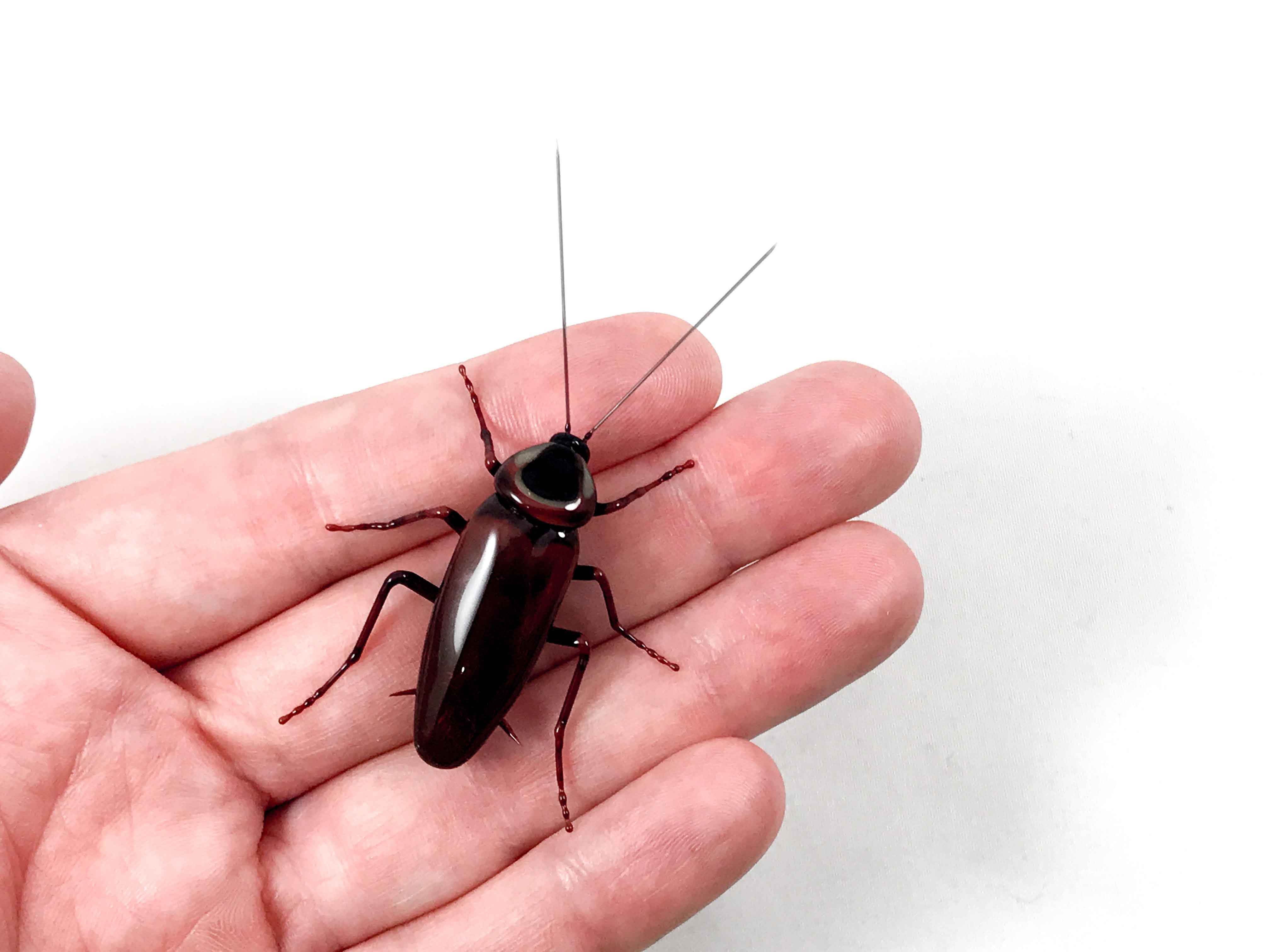
Where do you work, and how do you face/enjoy your work moment?
My workshop is a room in my house; it has always been that way, as it was in Massachusetts and as it is now. The type of work that I do allows me to have enough space. A computer desk, perfect lighting, magnifying glasses, and informational reference material is sufficient. I work with a torch (flame) that is air and Propane to generate the right temperature to melt glass.
Glass is another “science,” there are glasses of glass, but this is Borosilicate, the famous “Hard Glass” or Pyrex, which is manufactured for this type of foundry work. This material was developed to withstand temperature changes. It is most widely used today to make smoking pipes. This boom in the market generated a significant development in creating colors of new mixtures, which offers a gigantic possibility to experiment. However, the origin of this Italian art is smooth glass.
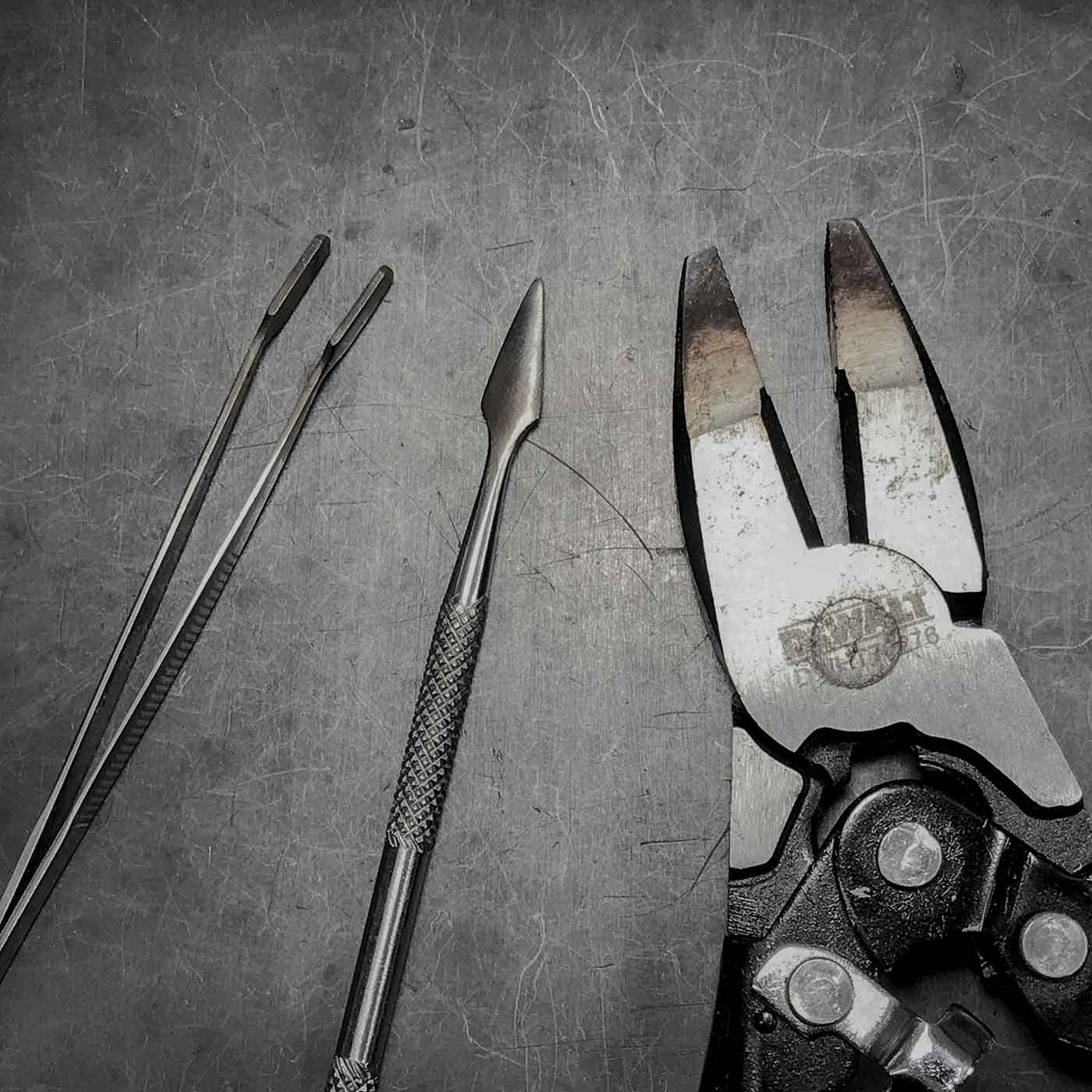
Why do I choose "Boro" and not soft glass? When I started, I bought both materials. It seemed that it required too much work and that it did not give space for details. I fell in love with this glass. That makes me, paradoxically, the only person as far as I know who makes insects in this material. Even my mentor tells me that he works on "paper" and that I work on "cardboard."
"Today, I think my work is more about reproducing nature than being a kind of art."
Today I consider that my work is more about reproducing nature than being a kind of art. I do not forget one of Constantini’s advice: “It doesn’t matter if you take classes or not; in the end, the best learning occurs through experimentation, trial, and error.” Because there is much that has not been created, that does not exist. We have to try different types of glass, different types of flames, different types of cooling.
My process begins with inspiration through the internet or from my followers who suggest species. The process is very entertaining; it is a way to balance my emotional part. I go into a kind of trance. The process requires a high concentration, which cannot be stopped, otherwise, the piece can be damaged. Then a lot of research. I am affiliated with many entomology pages. Because when I create these sculptures, I have to reproduce them three-dimensionally. I need to know what the species is like, seen from above, what its mouth is like, etc. I generally study them to be as faithful as possible to reality. Although if I find a kind of glass of striking color, sometimes I make a fantasy sculpture. But in general, they are in-depth investigations, although occasionally, some species are still unknown that which is difficult to find.
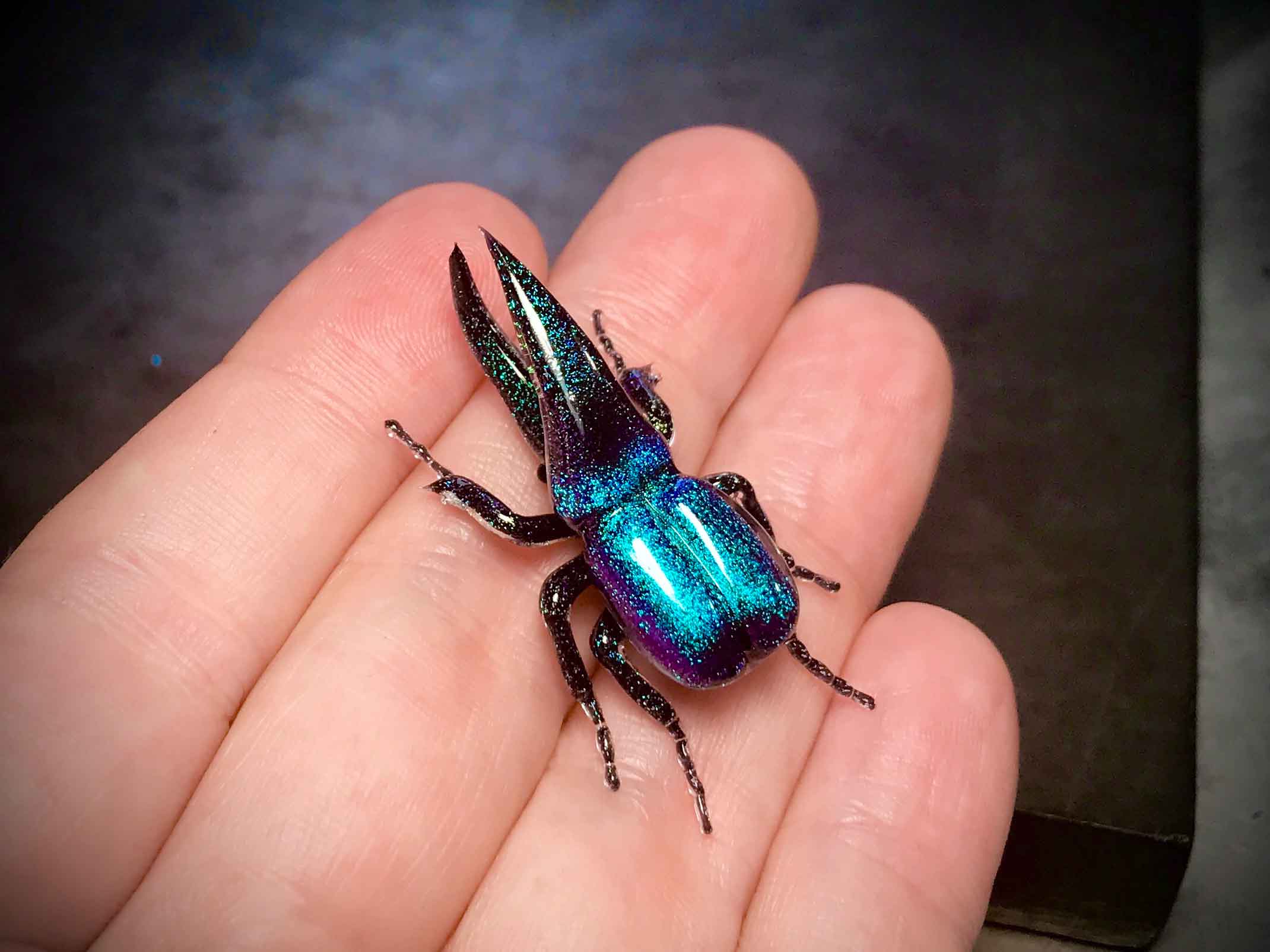
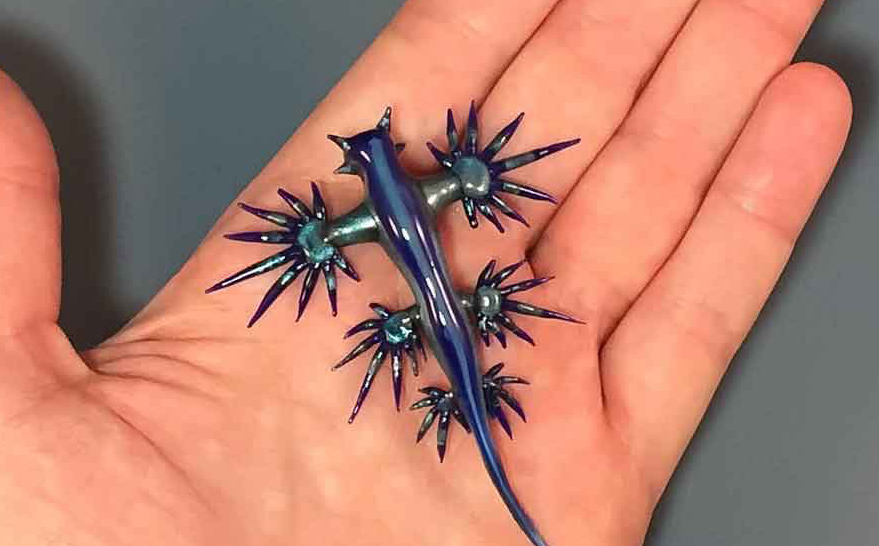
Incredibly, a great majority of species that inspire me are from Costa Rica. Now I can appreciate the concept of biodiversity; it is not a simple nationalism. When I have finished the investigation, I have all the images; there I begin to make the piece, choosing the right glass; if it does not exist I must create it. Sometimes I have to combine mixing different glasses that allow giving it the closest character to the insect. Then comes the melting process. It begins with the thickest parts, the body, the thorax, the head, and the rest of the limbs. This without being able to touch the piece because you are at temperatures of 1600 degrees Fahrenheit. This requires planning how I will hold the work throughout its process and, once it is finished, how I am going to separate it from what is holding it. This leaves the smallest possible footprint of the contact.
The workshop work I do alone, because it requires maximum concentration. However, there is one area of the process where I must give my wife fair credit. She is the only staff that collaborates with me. It’s about the packaging. She is the one who has studied it, through trial and error.
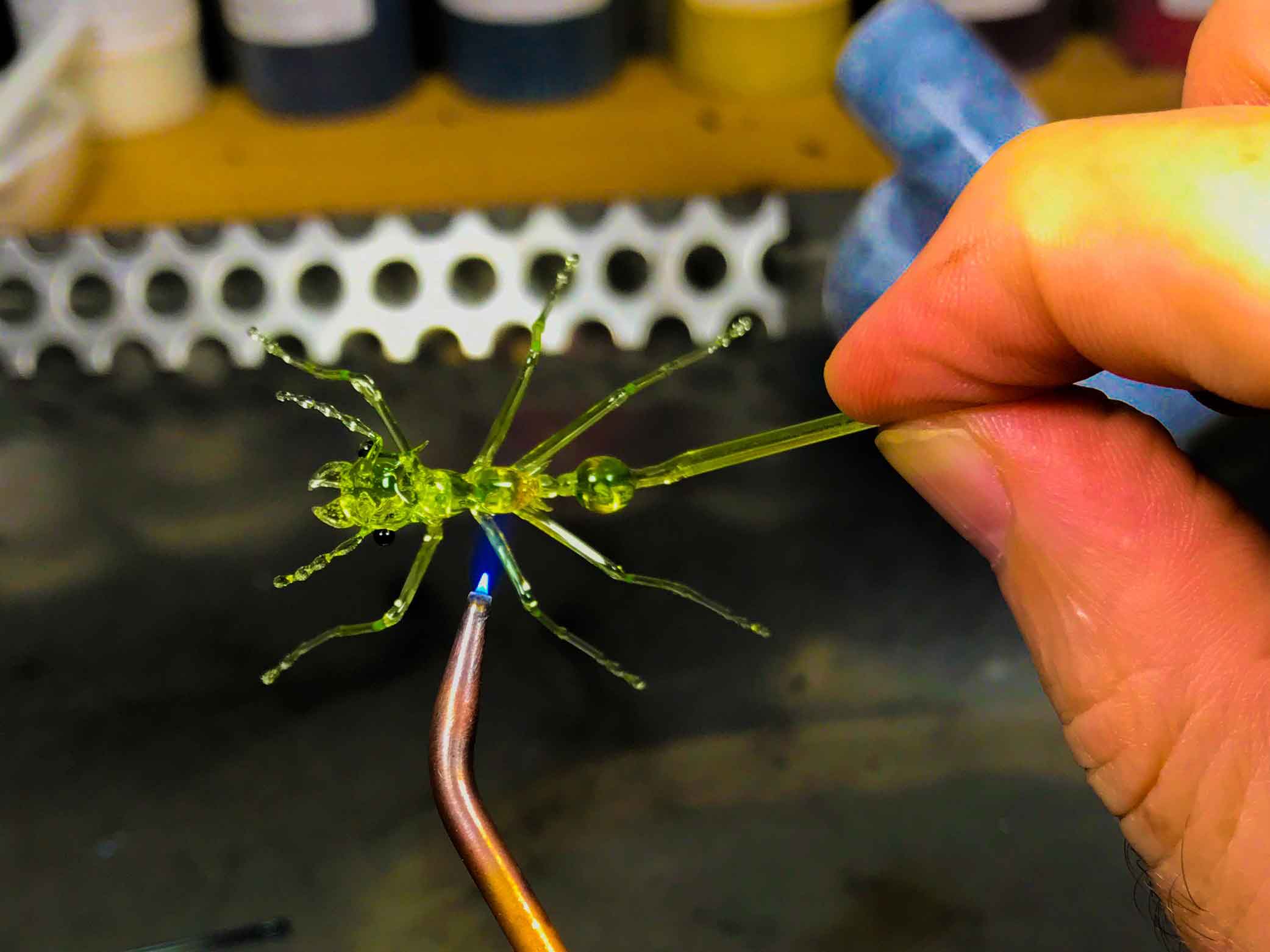
Do you consider some of your work more valuable than others?
Something interesting happens, I don’t fall in love with the piece when it’s finished. If I’m honest, what I capitalize on is the experience that the process leaves me to reach them. But to answer your question, the Mantis has a fascinating complexity, affecting how they come to life when they begin to form. Perhaps some beetles with open wings are the most challenging. I keep some of my first pieces with great humility because I have them to remember how I started. My wife is the one who is used to collect them. Maybe I would have thrown them away; instead, I thank you now.
“If I’m honest, what I capitalize on is the experience that the process leaves me to reach them.”
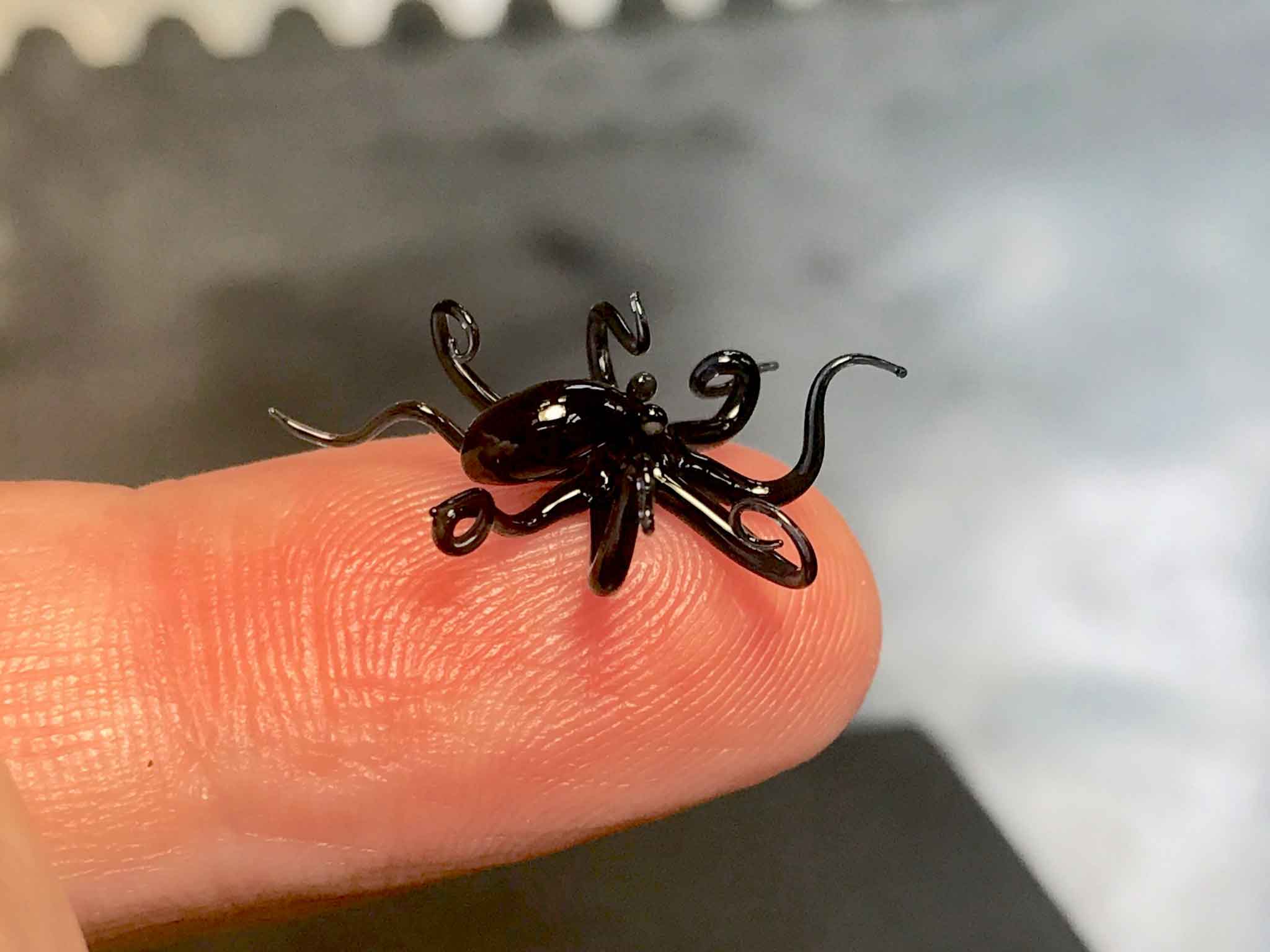
Where is your art pointing? Towards education, conservation, or only art?
It is clear that I did not start this passion for an educational purpose, but it has finally led to educational practice. It seems like an excellent way to educate and raise awareness. Many of the people who contact me, for example, are about a spider from which they bring previous negative concepts. After all, I share information about the benefit of each species and its beauty.
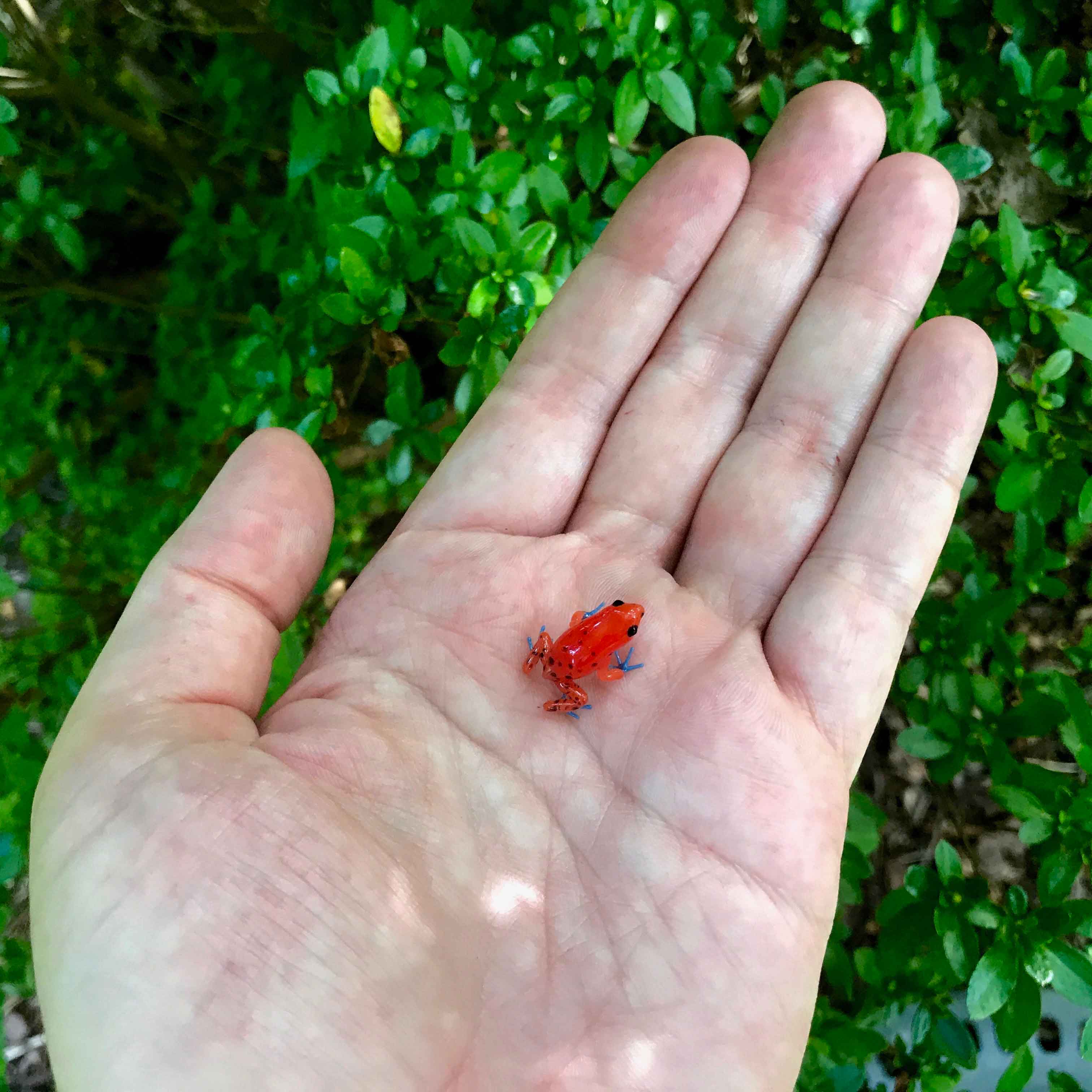
It is basically admiration, respect for life. They have contacted me to make glass shells for their hermit crabs, but that doesn't go with me. Or they offer me real animals to replicate a work in glass, but I don't, and I never would, I have even removed people interested or related to the sale of species from my social networks. For me it is transmitting my passion, my love and intrigue for the species so that other people can appreciate it. When I finish a piece it stops being interesting for me, but it starts to be interesting for other people. It is the process that I am passionate about. This process has allowed people living in Germany, China, or South Africa to own a piece of an animal that they might not otherwise have. A red or white spiny Costa Rican Crab Spider can now be in Germany on a desk, without the need to do something illegal. I don't start out as a purpose, but I'm glad it happens. Finally, who buys your work? At some point I began to fill myself with pieces, and there was nowhere to put them. At some point when a friend told me, why don't you put it on social networks, maybe someone will be interested? And well, the experiment worked. People liked it. 70% of the destination is in the U.S. Most of those interested are entomologists who are studious of certain species. Very few go to Costa Rica. But what does it matter? There are the most beautiful, the real ones.
Would you like to get more Pura Inspiration?
Thanks For Subscribing
Pura Vida!
